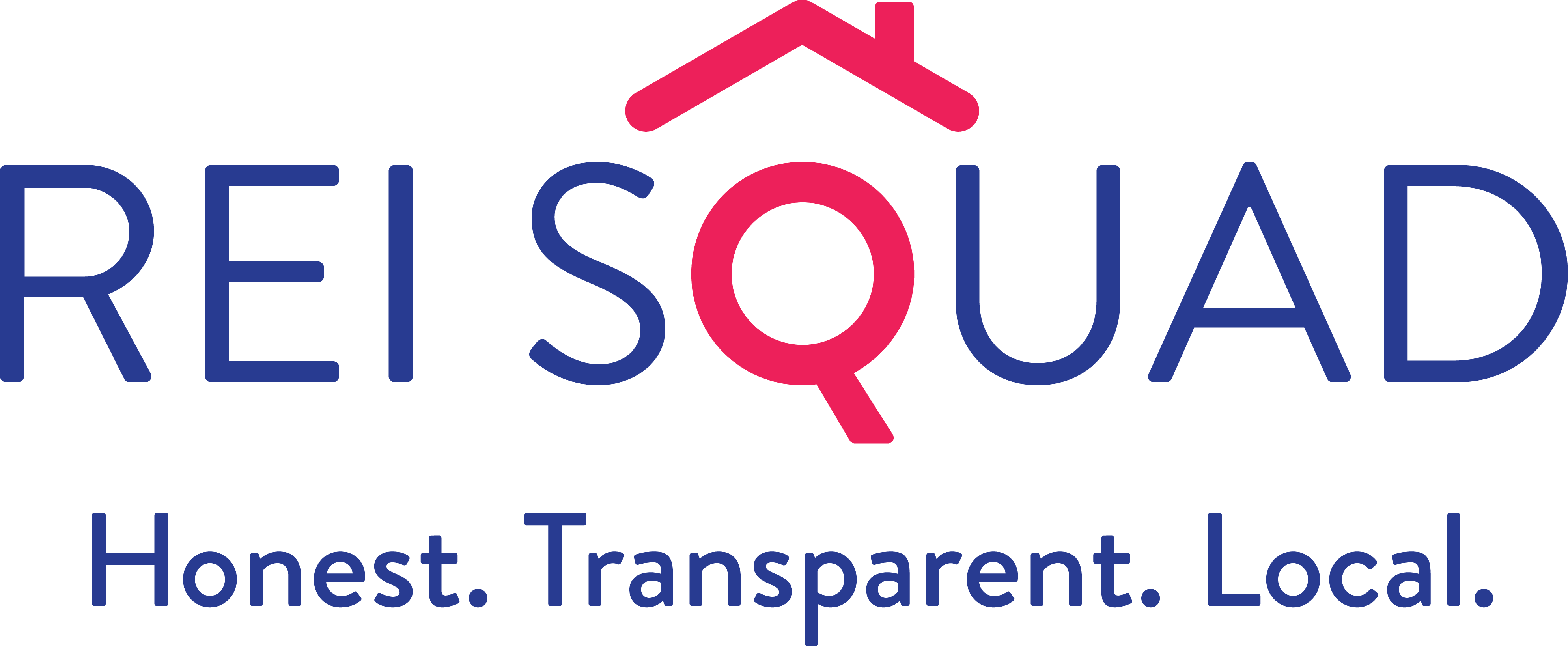What Paperwork Do You Need? A Minnesota Fast Sale Documentation Checklist
Selling your home quickly in Minnesota requires more than just finding the right buyer—it hinges on having the right paperwork ready to go. Proper documentation is essential for a smooth transaction, and being prepared can significantly reduce delays at closing.
Whether you’re aiming to sell your house fast for market value or simply streamline the home-selling process, this guide will walk you through every document you need, why it matters, and how to gather it efficiently.

Essential Property Documents
The foundation of any real estate transaction is the property documentation. These records establish ownership and provide critical details about the property’s history.
Deed and Title Documents
The deed proves ownership of the property, while title documents verify that there are no legal claims or disputes against it. You’ll need a clear title to transfer ownership to the buyer. To obtain these, contact your county recorder’s office or a title company.
Property Tax Records
Up-to-date property tax records show that taxes on the property have been paid. Buyers often request these to verify there are no outstanding tax obligations. These can be obtained from your local tax assessor’s office or downloaded online in many counties.
Survey and Plot Plans
These documents outline the exact boundaries of your property and are particularly important if there have been disputes or questions about lot lines. If you don’t already have a copy, check with your local surveyor or title company.
Home Improvement Records
Buyers appreciate transparency about renovations or upgrades made to the property. Keep receipts, permits, and contractor information for any major projects. These records can also help justify your asking price.
Financial Documentation
Financial records are crucial for ensuring there are no hidden financial encumbrances tied to the property.
Mortgage Statements
If you have an active mortgage, a recent statement will show the remaining balance and payoff amount. This information is essential for calculating net proceeds from the sale.
Lien Documentation
Any liens against your property must be disclosed and resolved before closing. Common examples include mechanic’s liens or unpaid debts tied to the home. Contact your lender or a title company for assistance in identifying and clearing liens.
Tax Assessment Records
These documents detail how your property has been valued for tax purposes. Buyers may use this information to estimate future property taxes. You can request these from your local tax assessor’s office.
Insurance Information
Providing details about your homeowner’s insurance policy can reassure buyers that the property has been adequately protected. This is especially relevant if you’re transferring warranties or coverage as part of the sale.
Property Condition Documents
Buyers want assurance that they’re purchasing a well-maintained home. These documents provide evidence of its condition and history.
Inspection Reports
If you’ve had a pre-listing inspection done, include this report in your documentation. It highlights any issues that have been addressed and gives buyers confidence in their purchase.
Maintenance Records
Regular maintenance records demonstrate that you’ve taken good care of the property over time. Include receipts for HVAC servicing, roof repairs, or other routine upkeep.
Warranty Information
If any appliances, systems, or structural components are still under warranty, provide those details to buyers. This can be a selling point and reduce their future expenses.
Repair Documentation
For any repairs completed during your ownership, keep invoices and receipts handy. Buyers often ask for proof of work done to address issues identified during inspections.
Document Organization Tips
Having all necessary paperwork is one thing—organizing it effectively is another. A systematic approach can save time and reduce stress during negotiations and closing.
Creating Your Checklist
Start by listing every document mentioned above and checking them off as you gather them. A comprehensive checklist ensures nothing gets overlooked.
Digital vs. Physical Copies
While physical copies may be required at closing, having digital backups is equally important. Use cloud storage services to keep scanned copies accessible and secure.
Timeline Management
Gathering some documents—like lien releases or survey plans—can take time. Begin early and prioritize items that require third-party involvement to avoid last-minute delays.
Getting Your Fast Sale Ready to Close
With all your paperwork prepared, you’re one step closer to closing on your Minnesota home quickly and efficiently. Sellers who invest time in organizing their documentation often experience faster closings with fewer complications.
Remember to consult professionals like real estate agents or title companies if you encounter challenges with specific documents—they can provide guidance tailored to Minnesota’s regulations.








